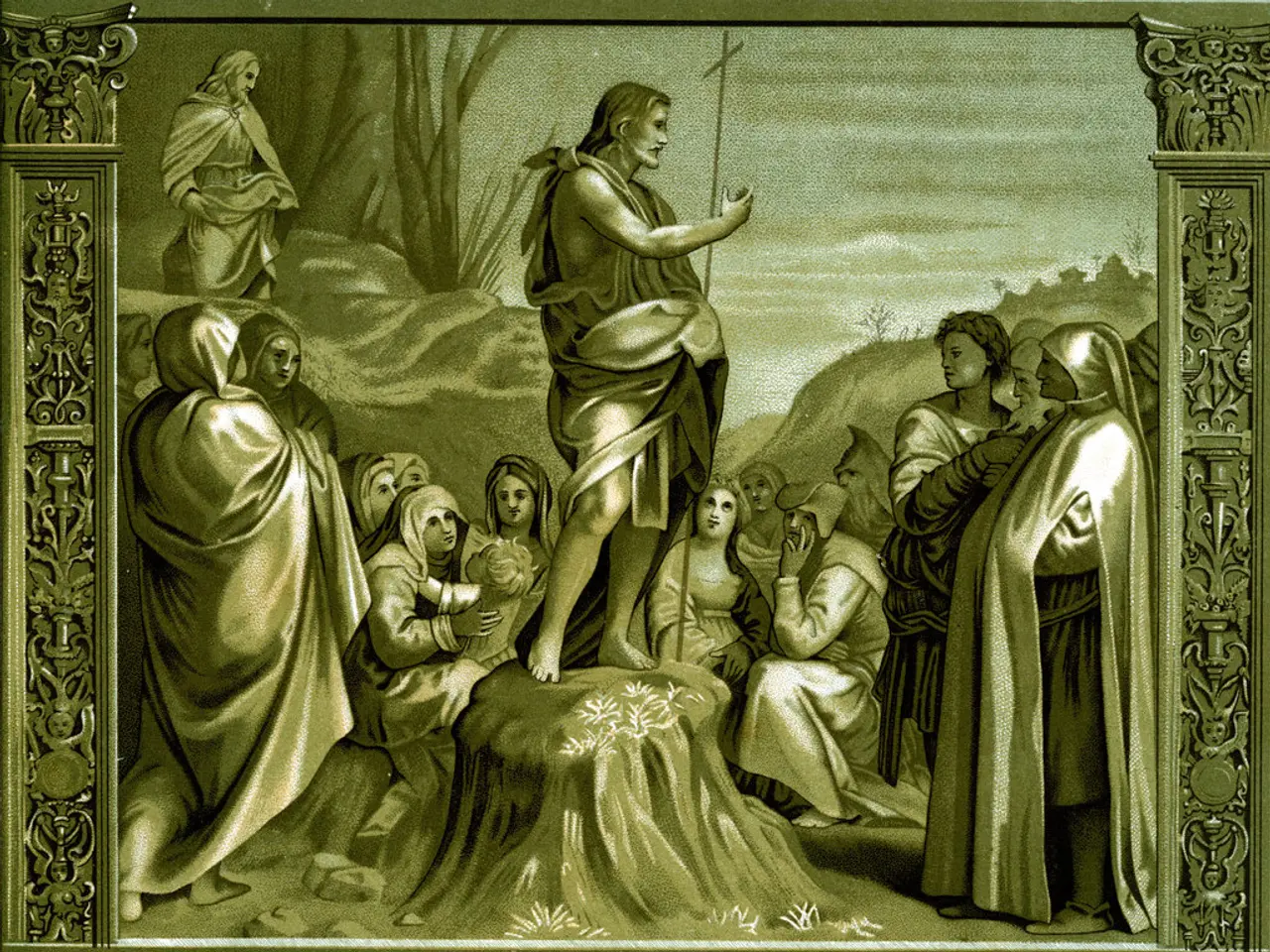The Importance and Sentimental Value of the National Park Posters Created by the WPA
In the heart of the Great Depression, the Works Progress Administration (WPA) launched a unique art campaign to promote and celebrate America’s national parks. Between 1938 and 1941, a series of hand-silkscreened posters, known as the WPA National Park posters, were commissioned to make these natural wonders more visible and attractive to the American public[1].
These posters, embodying the distinctive "WPA style," combined bold, stylized landscapes with vibrant colours and evocative imagery to inspire public interest and visitation[3][5]. The WPA Federal Art Project, which employed thousands of artists to create murals, prints, sculptures, and posters between 1933 and 1945, was responsible for their creation[2].
The significance of these posters lies in their role in visual storytelling and cultural identity. They helped shape public perception by portraying national parks as accessible, beautiful, and essential parts of America’s natural heritage. This visual celebration fostered a stronger appreciation for conservation and national park preservation[1][3].
These posters have had a lasting influence, inspiring later initiatives like the 'Icons of Franklin Park' poster competition in Boston (2025), which explicitly cites the original WPA posters as inspiration for celebrating public park spaces through art[1]. Their aesthetic and historic value influences contemporary perceptions of national parks, reinforcing ideas of natural beauty and public enjoyment.
Collectors and historians value these posters both as art and as cultural documents that highlight the New Deal era’s investment in public works, art, and environmental awareness. However, only a dozen of the original 14 designs are known to exist today[4]. The posters for Wind Cave National Park and Great Smoky Mountains National Park are still missing, with only black-and-white photographs existing[6].
A park ranger named Doug Leen discovered one of the original posters in a barn at Grand Teton National Park in the early 1970s, sparking a renewed interest in the WPA posters[7]. Remarkable discoveries have been made, such as the 13 copies of the original poster for Bandelier National Monument[6].
The search for lost original WPA posters continues, with collectors and historians joining the quest for survival copies. A $10,000 reward is offered for the donation of the missing Wind Cave and Great Smoky Mountains posters to the NPS Archives, depending on condition[6]. Collecting WPA National Park posters is about preserving a moment in American history and connecting with a community of enthusiasts.
In proper framing and display, these posters can be preserved for years to come, protecting them from light and humidity[8]. High-quality reproductions and modern tributes to the WPA style are available as an affordable alternative for those who wish to appreciate the style without the high costs associated with original pieces[9].
The WPA National Park posters significantly impacted how Americans viewed and valued national parks, encouraging preservation and public engagement through compelling visual art. Their legacy endures in ongoing artistic and cultural efforts to celebrate urban and national park spaces across the country[1][3][5].
References: 1. National Park Service. (2021). WPA Posters. Retrieved from https://www.nps.gov/subjects/art/wpa-posters.htm 2. National Endowment for the Arts. (n.d.). WPA Federal Art Project. Retrieved from https://www.arts.gov/history/art-works/wpa-federal-art-project 3. Smithsonian American Art Museum. (n.d.). WPA Posters. Retrieved from https://americanart.si.edu/collections/search/artwork/?q=WPA%20posters 4. National Park Foundation. (2019). The Hunt for Lost WPA Posters. Retrieved from https://www.nationalparks.org/articles/the-hunt-for-lost-wpa-posters 5. National Park Service. (2021). WPA Posters: Art of the Great Depression. Retrieved from https://www.nps.gov/articles/wpa-posters-art-of-the-great-depression.htm 6. National Park Service. (2021). Missing WPA Posters. Retrieved from https://www.nps.gov/subjects/art/wpa-posters/missing-wpa-posters.htm 7. National Park Service. (2021). The Discovery of the Grand Teton Poster. Retrieved from https://www.nps.gov/subjects/art/wpa-posters/the-discovery-of-the-grand-teton-poster.htm 8. National Park Service. (2021). Display and Preservation. Retrieved from https://www.nps.gov/subjects/art/wpa-posters/display-and-preservation.htm 9. National Park Service. (2021). Reproductions. Retrieved from https://www.nps.gov/subjects/art/wpa-posters/reproductions.htm
1) The lasting influence of the WPA National Park posters can be seen in contemporary initiatives, such as the 'Icons of Franklin Park' poster competition in Boston (2025), which aims to celebrate public park spaces through art in much the same way as the original WPA posters did.2) These iconic posters, embodying the New Deal era's investment in public works, art, and environmental awareness, have greatly impacted public appreciation for national parks, influencing not only the perception of natural beauty but also fostering a stronger appreciation for conservation and national park preservation.3) In addition to their artistic and historic value, the original WPA posters are also valued by collectors and historians as cultural documents that provide a unique insight into the lifestyle, fashion-and-beauty, home-and-garden, food-and-drink, education-and-self-development, and travel trends of the Great Depression era in America.




